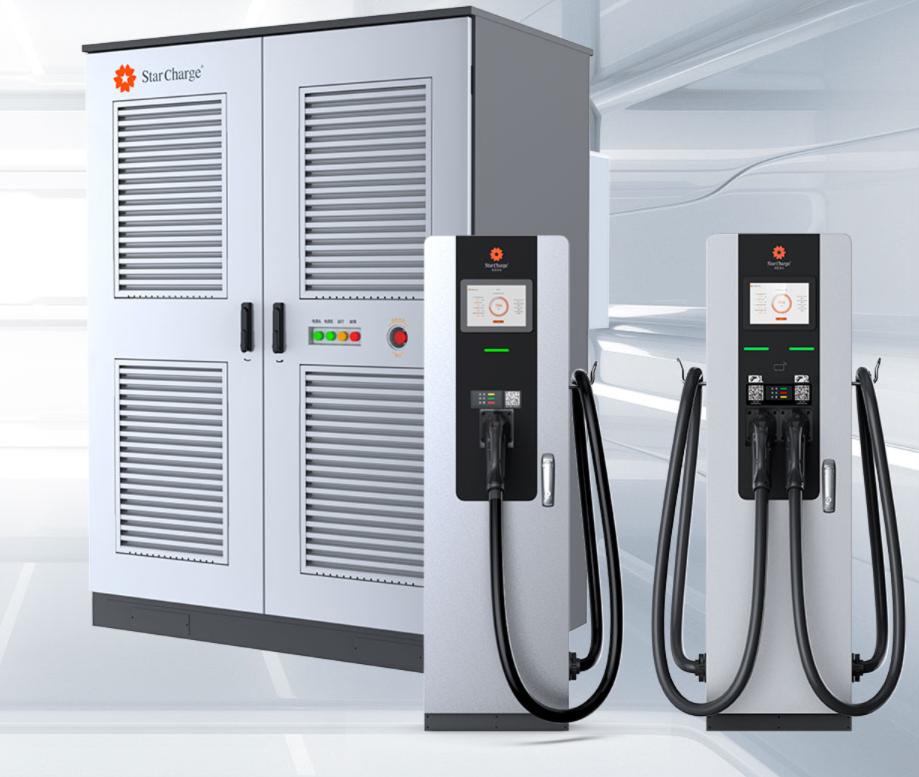China’s Tianjin city eyes at least 100,000 charging piles newly deployed by 2030
Shanghai (ZXZC)- The Tianjin Development and Reform Commission, in collaboration with relevant authorities, has formulated a document called "Implementation Plan for Further Building a High-Quality Charging Infrastructure System in Tianjin", which was recently issued by Tianjin Municipal Government. The Plan sets ambitious goals to be achieved by 2030, aiming to add no less than 100,000 new EV (electric vehicle) charging piles of various types across the city, positioning Tianjin at the forefront of major Chinese cities in terms of the ratio of charging piles to vehicles.
The plan comprises three main sections: work objectives, key tasks, and safeguard measures.

Photo credit: Star Charge
Under the key tasks outlined in the Plan, the focus is placed on four main areas: optimizing and enhancing network layout, accelerating construction in key areas, improving operational service levels, and fostering technological innovation leadership. The Plan includes 13 measures, such as creating a seamless charging service network within the Beijing-Tianjin-Hebei region, establishing a convenient and efficient intercity charging network, enhancing the urban charging network's structural integrity, ensuring effective coverage in rural areas, improving residential area charging infrastructure planning and construction conditions, increasing efforts in residential area charging infrastructure construction, promoting public area charging infrastructure development, encouraging diverse private sector investment, enhancing information-based management capabilities, enforcing industry standards, bolstering safety regulations, exploring vehicle-grid interaction scenarios, and promoting the innovative application of new technologies.
Regarding the establishment of a convenient and efficient intercity charging network, the Plan specifically mentions promoting the construction of charging infrastructures at key highway service areas. By 2025, eligible highway service areas are expected to achieve full coverage with charging piles.
In terms of encouraging the innovative application of new technologies, the Plan underscores the need to continually optimize fast-charging network layouts to reduce station energy costs. It also emphasizes the acceleration of technologies such as fast charging and battery swapping, high-power charging, intelligent and orderly charging, and collaborative control with energy storage. Pilot programs for "mobile sharing" charging piles will be initiated, demonstrating the application of small DC fast-charging technology to enhance charging efficiency in communities. Additionally, the Plan outlines forward-looking strategies for wireless charging, sodium-ion batteries, solid-state batteries, and the wider dissemination of intelligent service platforms for charging infrastructure operation.

